Pulished on Apr. 19, 2022
Ceramic bowls are an essential part of daily use in almost every household. They are widely used for a variety of purposes, including serving food, storing food, and as decorative pieces. The use of ceramic bowls dates back to ancient times when they were crafted by skilled artisans using traditional methods. Today, ceramic bowls are still popular and widely used due to their unique features and benefits.
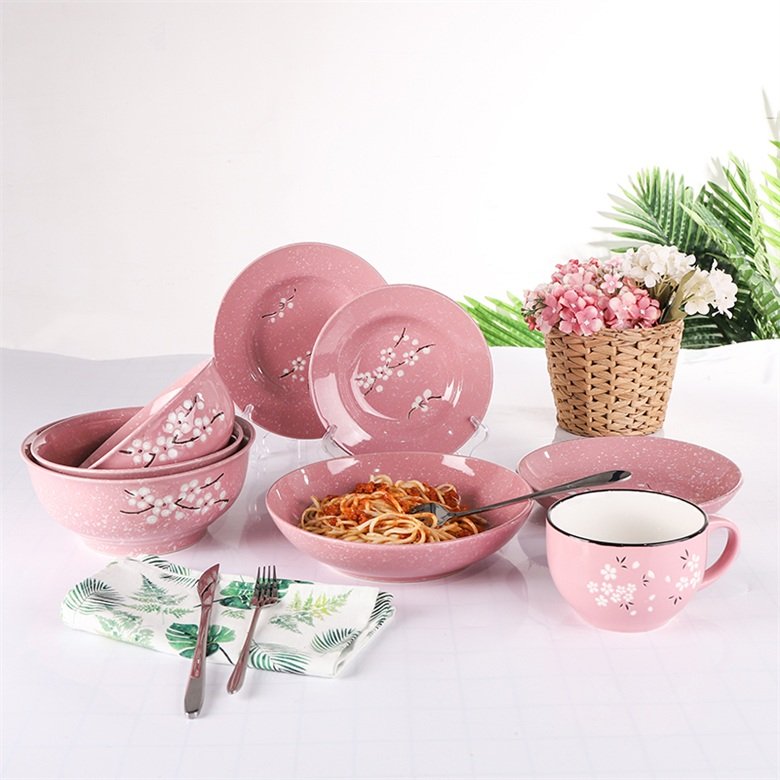
One of the primary roles of ceramic bowls is serving food. Ceramic bowls are ideal for serving hot and cold dishes due to their ability to retain heat and coldness. They come in different sizes and shapes, which makes them perfect for serving different types of food, from soups and stews to salads and desserts.
Another important role of ceramic bowls in daily use is storing food. Ceramic bowls are excellent for storing food, particularly leftovers. They are airtight, which helps keep the food fresh for a longer time. Moreover, ceramic bowls are microwave and dishwasher-safe, which makes reheating and cleaning easy.
Ceramic bowls also play an essential role in daily use as decorative collections. They come in a variety of colors and designs that make them perfect for enhancing the aesthetic appeal of any kitchen or dining room. Ceramic bowls are often used to display fruits, flowers, and other decorative items. They can also be used as centerpieces on dining tables or as decorative pieces on shelves.
Ceramic bowls come in a variety of shapes and sizes, making it easy to find one that suits your needs. Here are some of the most popular shapes for daily use ceramic bowls:
a) Round bowls ceramic bowls: These are the most common type of ceramic bowls. They are perfect for serving soups, stews, and other hot dishes. They also come in a range of sizes, from small to large, making them versatile and suitable for different purposes.
b) Square bowls ceramic bowls: Square ceramic bowls are a popular alternative to round bowls. They have a modern and contemporary look, which makes them ideal for serving salads, appetizers, and desserts. They are also stackable, which makes them easy to store.
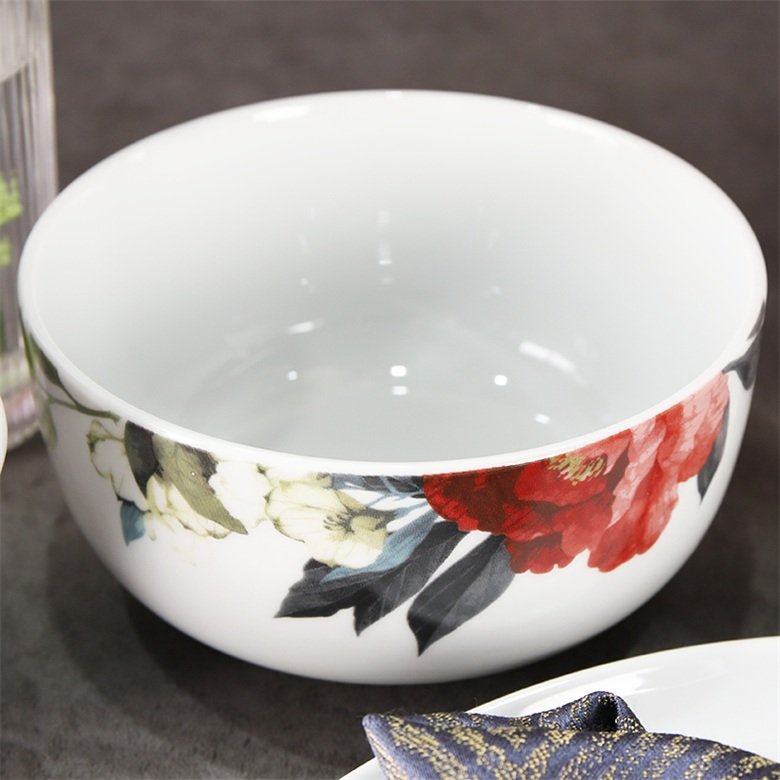
c) Oval bowls: Oval ceramic bowls are ideal for serving large portions of food. They are perfect for serving roasted meats, vegetables, and fruits. Oval bowls also have a unique and elegant look, which makes them great for special occasions.
d) Deep bowls: Deep ceramic bowls are perfect for serving soups and stews. They have a high capacity, which allows you to serve large portions of food. Deep bowls also help keep the food warm for longer periods.
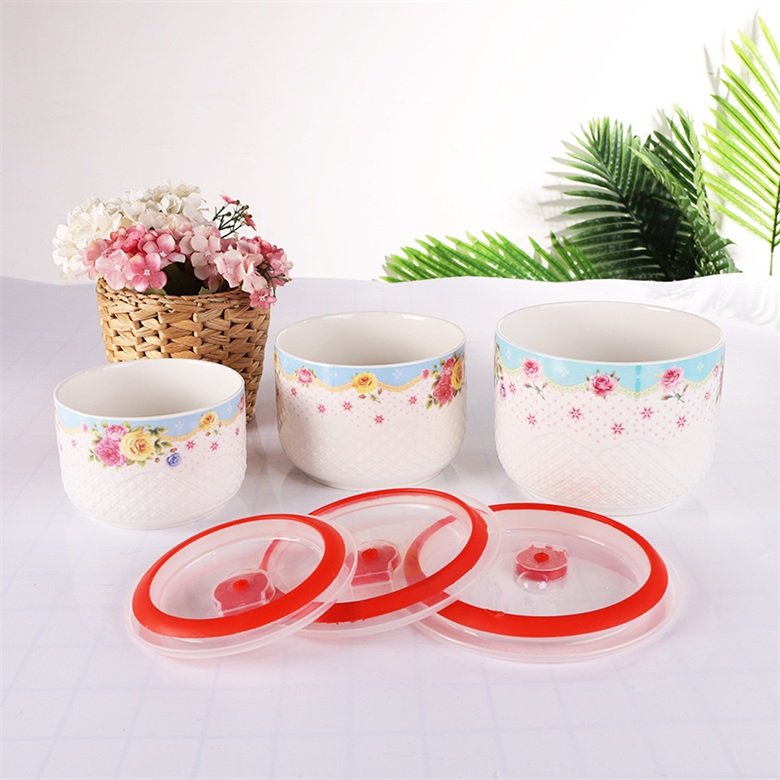
e) Shallow bowls: Shallow ceramic bowls are ideal for serving salads, pasta, and desserts. They are also great for displaying fruits and decorative items. Shallow bowls have wide openings, which makes it easy to access the contents.
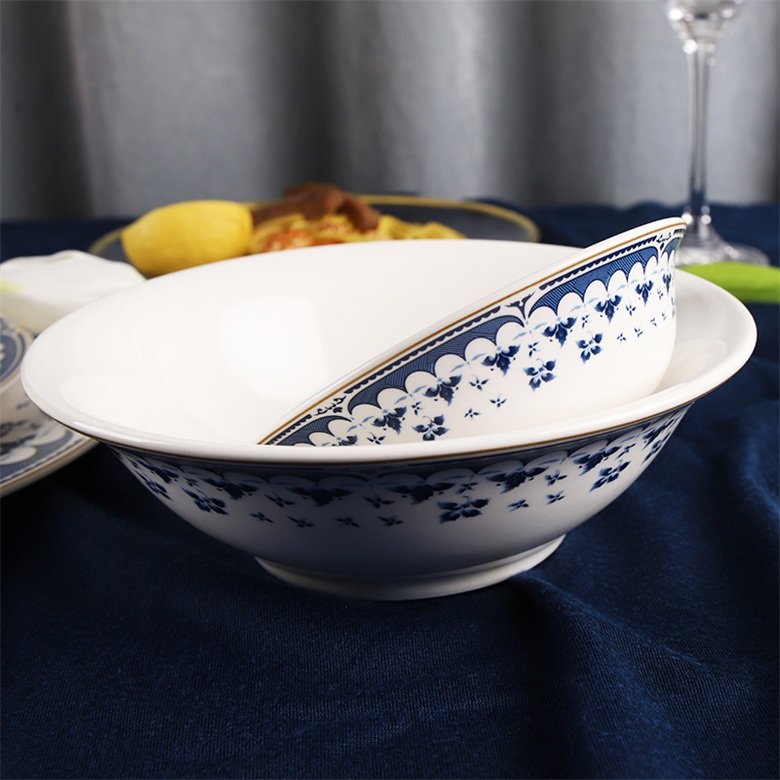
Ceramic bowls are easy to maintain and care for, but they require some attention to keep them in good condition. Here are some guides for maintaining ceramic bowls:
a) Cleaning: Ceramic bowls should be washed with warm soapy water and a soft sponge. Avoid using abrasive cleaners or scrubbers, as they can scratch the surface of the bowl. Rinse the bowl thoroughly and dry it with a soft cloth.
b) Avoid extreme temperatures: Ceramic bowls should not be exposed to extreme temperatures. Avoid placing them in the freezer or oven, as sudden temperature changes can cause them to crack or break.
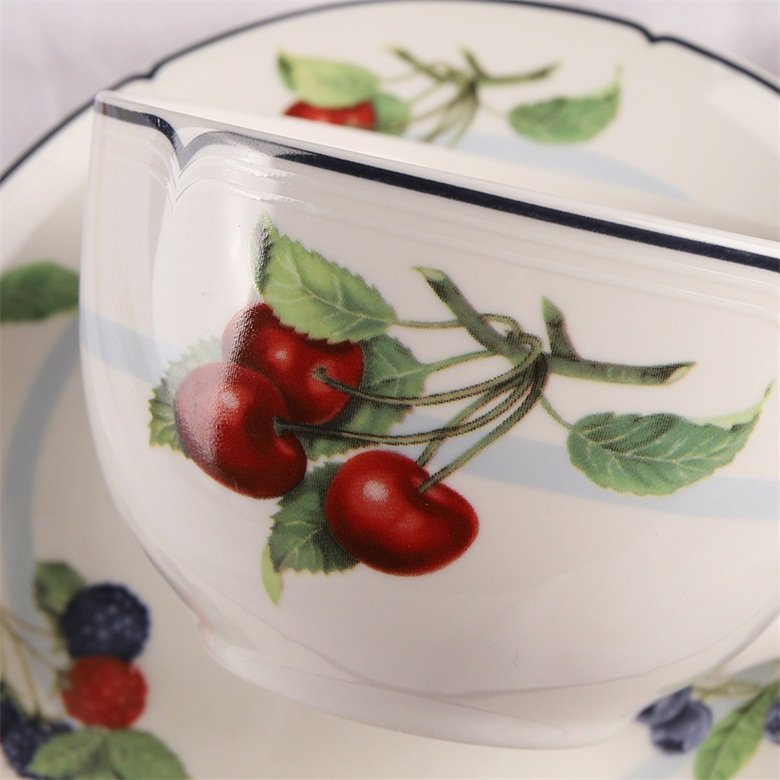
c) Avoid using metal utensils: Metal utensils. Ceramic bowls should not be used with metal utensils as they can scratch the surface of the bowl. Instead, use wooden, silicone, or plastic utensils to avoid damaging the ceramic surface.
d) Storage: When storing ceramic bowls, it’s essential to stack them carefully to prevent chipping or cracking. Place a soft cloth or paper towel between each bowl to prevent them from scratching each other.
e) Avoid acidic foods: Ceramic bowls are porous, which means they can absorb odors and flavors. Avoid storing acidic foods like tomatoes and citrus fruits in ceramic bowls, as they can leave stains and affect the taste of other foods.
f) Handle with care: Ceramic bowls are delicate and can break easily if mishandled. Avoid dropping them or hitting them against hard surfaces. When moving ceramic bowls, use both hands to prevent them from slipping and falling.